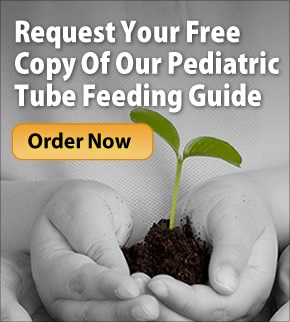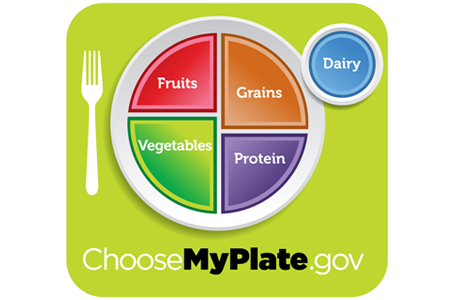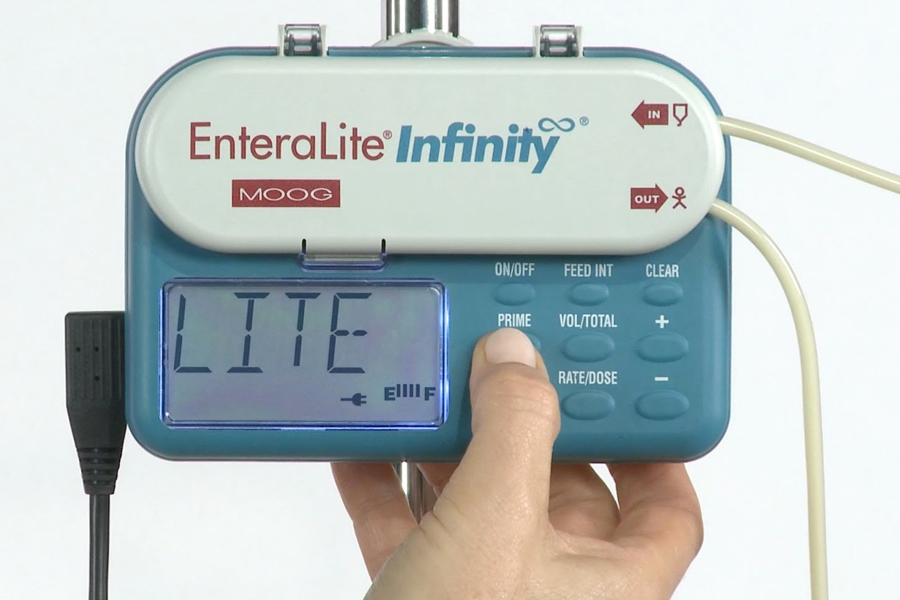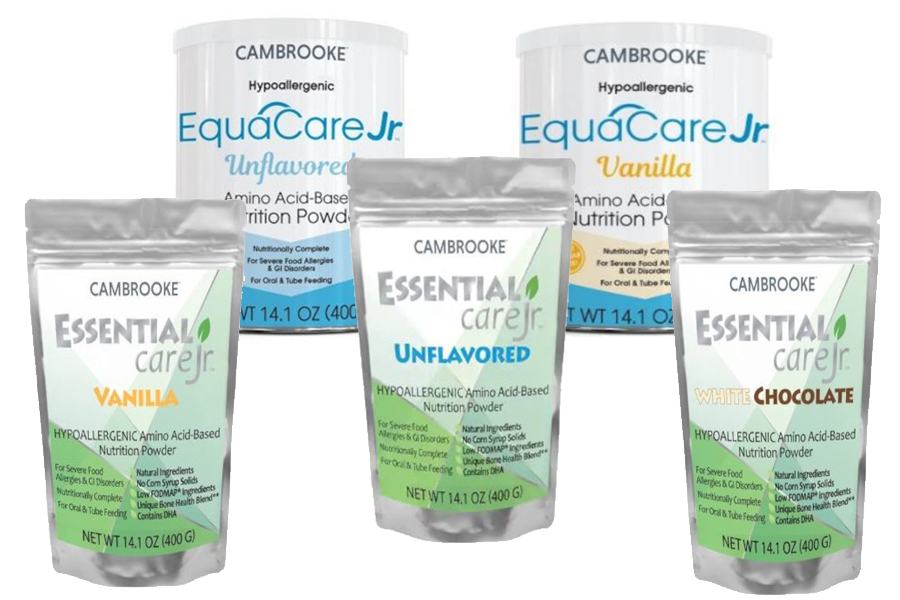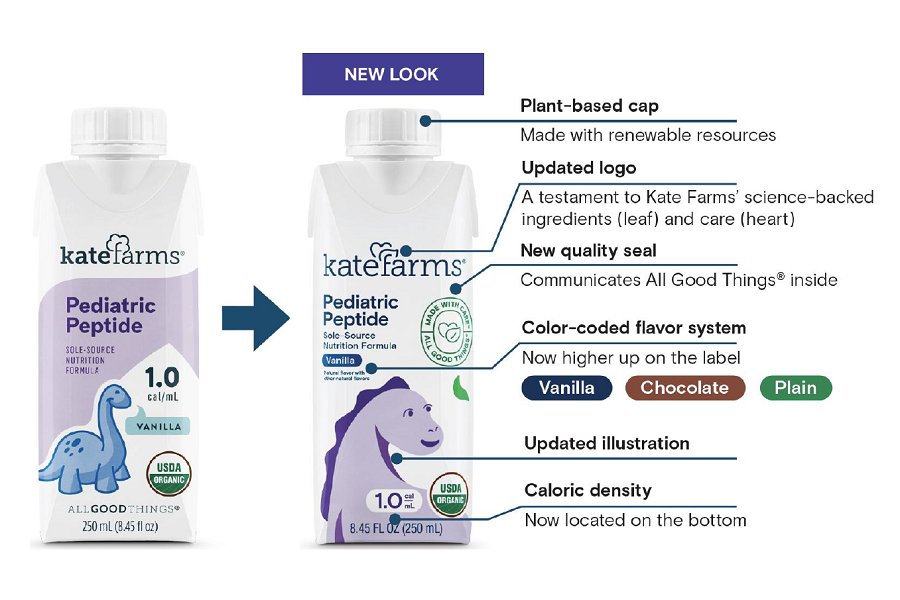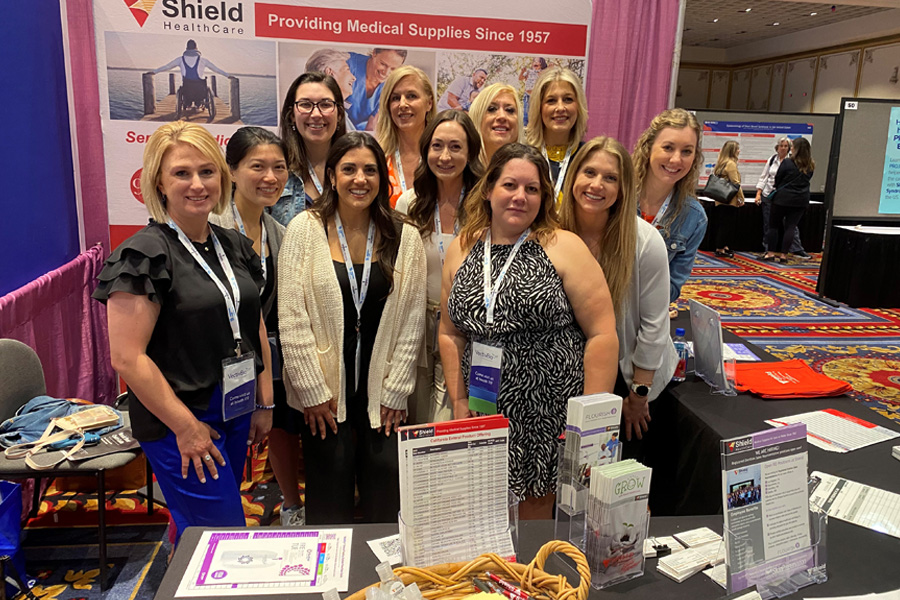Your child may require a nasogastric tube, or NG tube, if they can’t eat enough food by mouth. This type of tube is usually used temporarily. There are other types of tubes that are more permanent. In this article we’ll talk about the steps for NG tube placement.
An NG tube is passed through the nasal cavity, down the esophagus and into the stomach. Commercially prepared or home-blended liquid food is used for nutrition. Parents and caregivers may remove the NG tube before bedtime or after a meal and re-insert the tube every morning or when it’s time for a meal. If you were instructed to leave the tube in, you may need to change it monthly. It’s important to make sure you check the placement of the tube after insertion.
Unless you have already been instructed by your healthcare provider to insert the tube at home, check with your doctor or nurse before attempting this procedure.
Supplies
- NG tube
- Water-soluble lubricant (if your tube does not self-lubricate)
- Cloth tape
- Adhesive dressing, such as Tegaderm™ or DuoDERM®
- 5 or 10 milliliter syringe
- pH paper
Instructions
- If your child has just eaten food by mouth, wait 30 minutes before inserting the tube.
- Explain to her what you will be doing and have her sit upright in a chair. Infants may be swaddled and placed in an infant seat with the head raised.
- Wash your hands and gather all supplies.
- Determine how far the tube will go down.
- Hold the tip of the tube (the end that will go down the nose) at the end of the nose with one hand.
- With your other hand, take the tubing and line it up with either ear.
- While holding the tube at the ear, let go of the tip of the tube to free up your other hand.
- Line up the tubing from the ear to the breastbone.
- While holding the tubing to the spot in between the bottom of the breastbone, let go of the tubing next to the ear to free up your other hand and line up the remainder of the tubing with the belly button.
- Mark the tube at the mid-point between the breastbone and the belly button using tape.
- Place the NG tube
- Lubricate the tip of the tube. Some NG tubes have a built-in lubricant at the tip that is activated by water. If your tube has this feature, moisten the tip with water to activate the lubricant. Otherwise, apply a small amount of water-soluble lubricant.
- Insert the tube gently into one of the nostrils. Using a steady motion, gently push the tube up and back toward the throat.
- Ask your child to swallow as you advance the tube until you reach the part of the tube where you placed the tape. If she is able to take liquids by mouth, she may sip on water through a straw to help the tube go down as she swallows the water. Infants may be able to suck on a pacifier to help advance the tube.
- If you encounter any resistance, stop the procedure and try again in a few minutes. You may need to try in the opposite nostril. Call your doctor or nurse if you are unable to place the tube.
- Once the tube is placed, secure it to your child’s face with an adhesive dressing. This will help to keep the tube in place.
- Check placement of the tube
- Attach the syringe to the tube.
- Pull back on the plunger to draw 3 to 5 milliliters of stomach contents out through the tube. If you can’t draw any stomach contents through the tube, try using the larger syringe. You may also try positioning your child on her left side for a few minutes and trying again. If you still cannot draw contents out, remove the tube and reinsert.
- Apply 1 to 2 drops of stomach contents to the pH paper. A pH of 0 to 5 indicates that the tube is in the right place. If your child is on acid-blocking medications, check the pH right before giving these medications. If the pH is greater than 5, do not use the tube. Wait 1 to 2 hours and try checking the pH again.
- If your child coughs excessively, has trouble breathing or vomits with the tube in place, remove the tube immediately and call your healthcare provider.
- Check the length of the tube before reach use to make sure the tip of the tube is still in the stomach. The part of the tube that you taped during insertion should be in the same place.
This article is designed for educational use only and does not replace the advice of a medical professional. If you have any questions or concerns regarding your child’s feeding regimen, contact your healthcare provider.
For more information, see related articles and resources here:
- Tube Feeding A Child: The G-Tube That Saved My Son’s Life & My Sanity
- Recorded Webinar: The Complete Nurse’s Guide to Tube Feeding
- Tube Feeding at School: 8 Tips to Prepare Your Child and School Staff
- Storing and Using your Tetra Pak® Formula Containers
- Feeding Tube Accessories: How to Improve Life with a Feeding Tube








